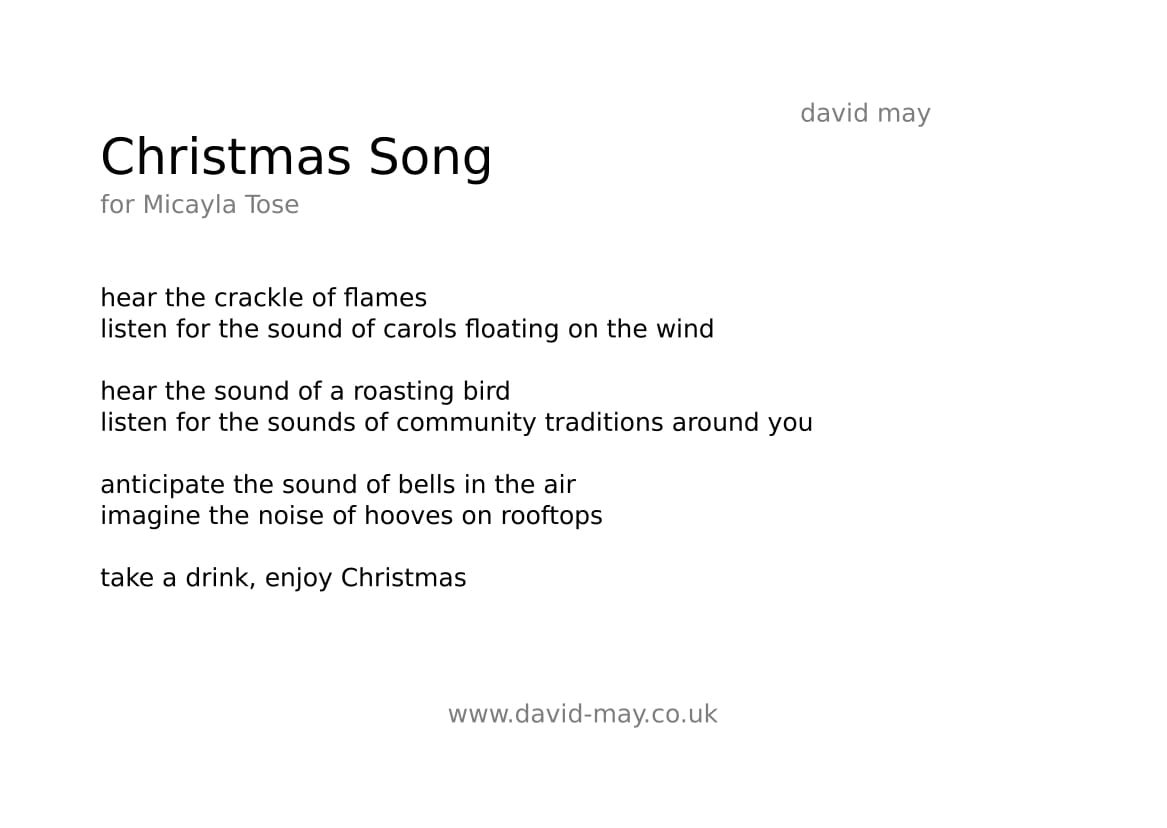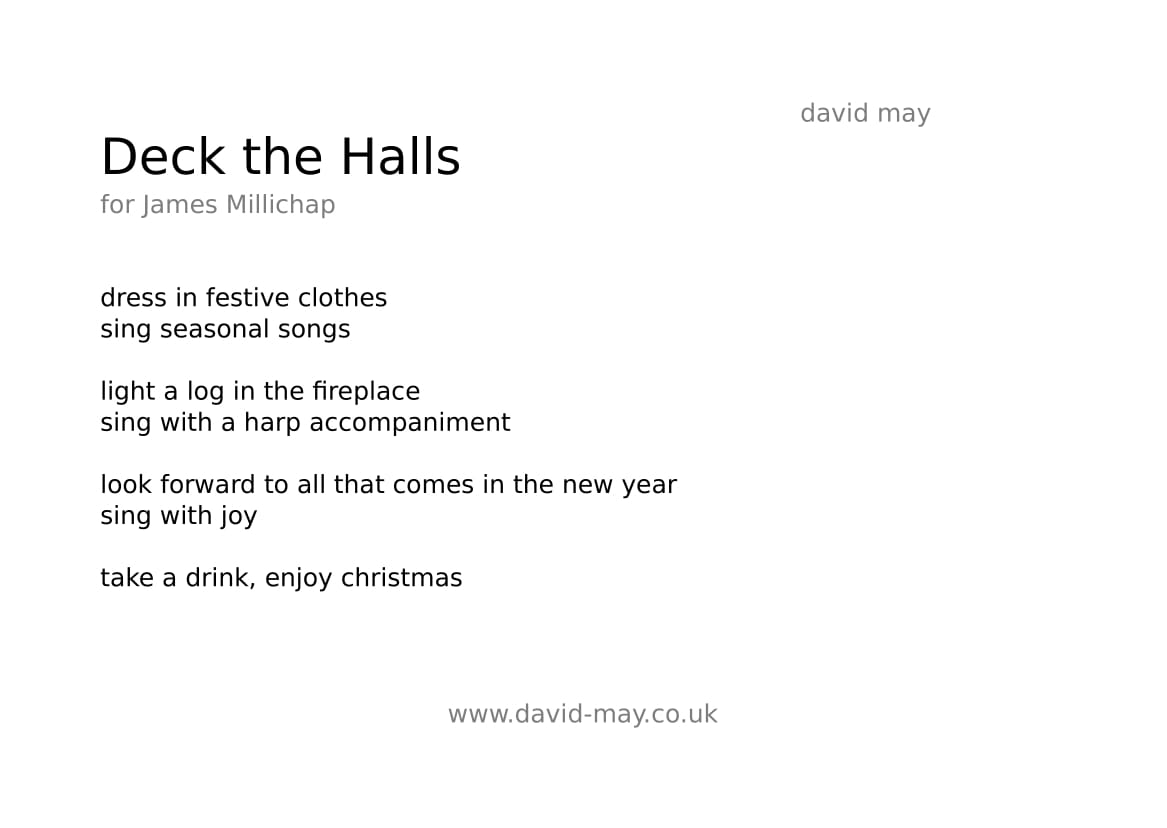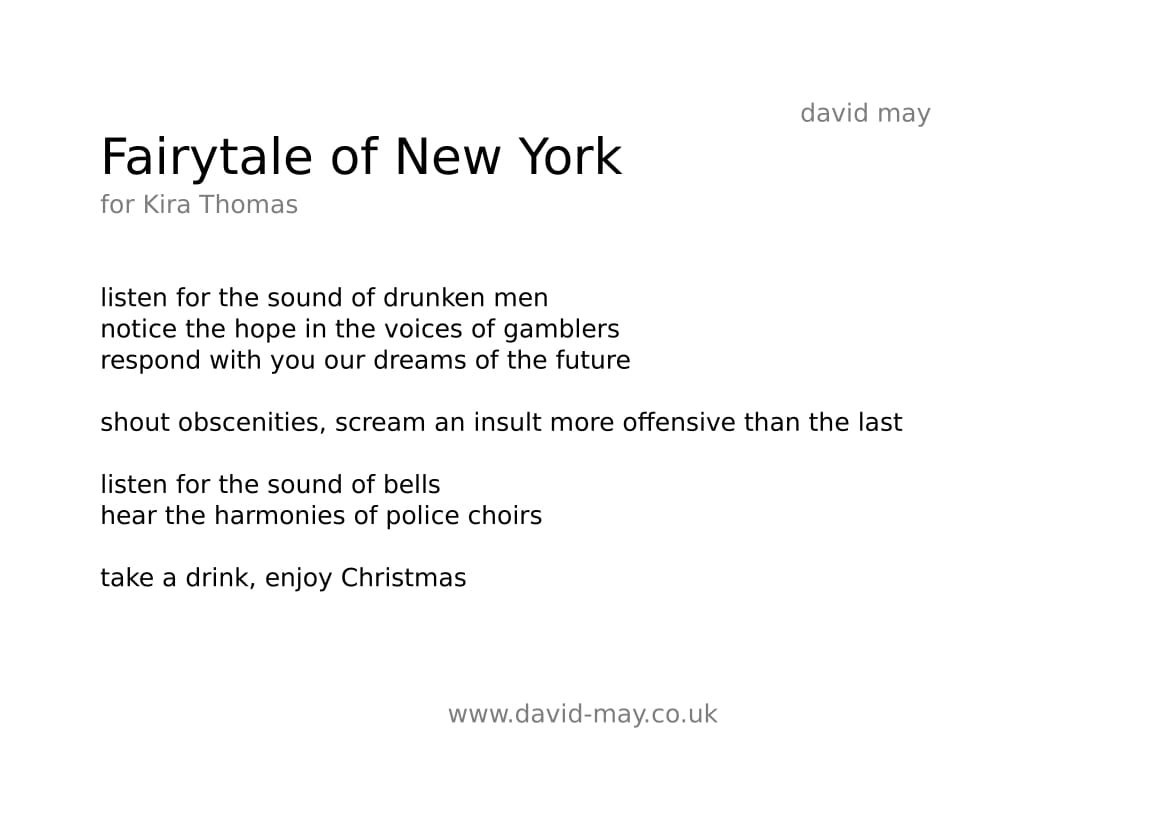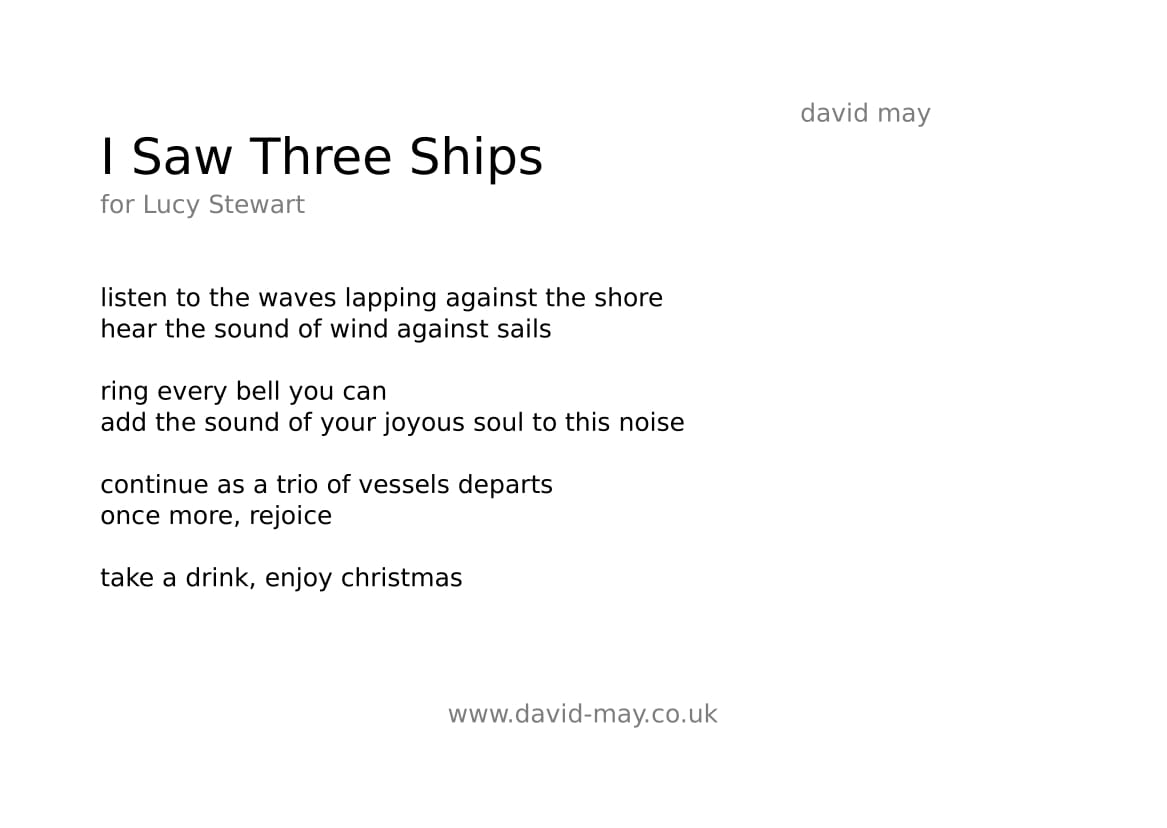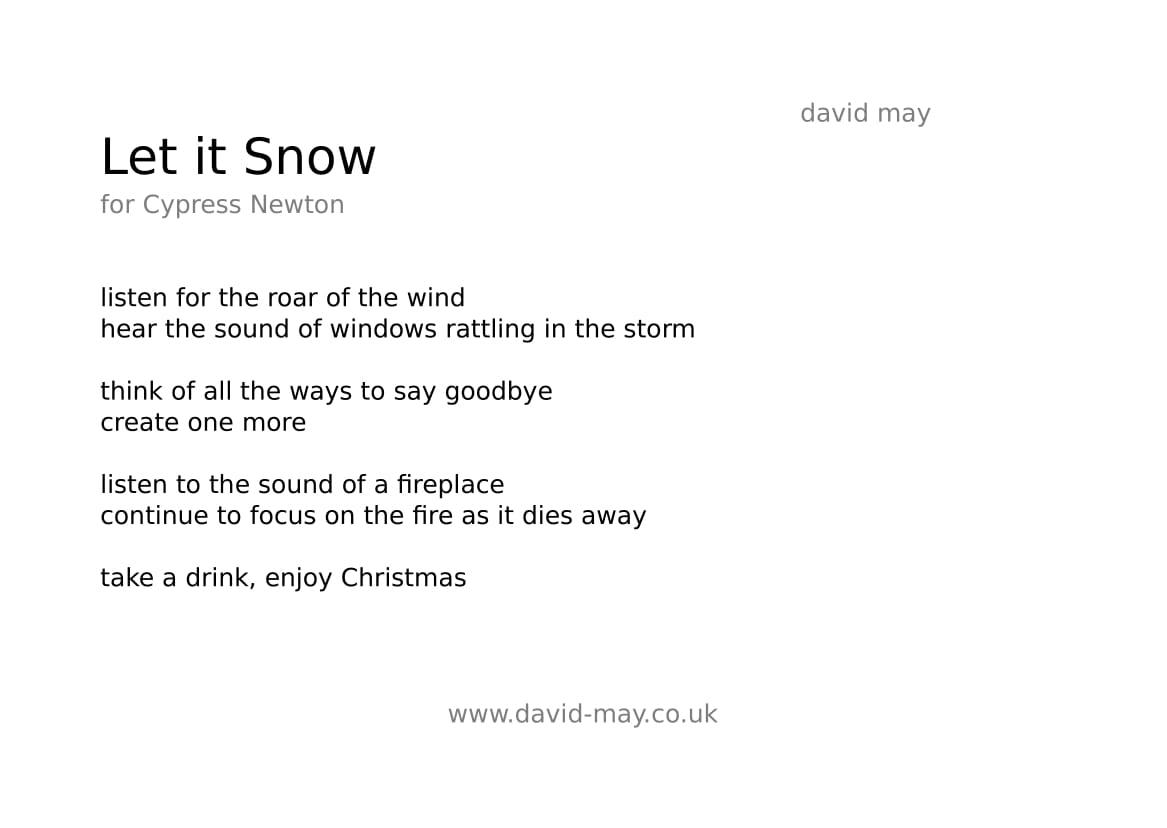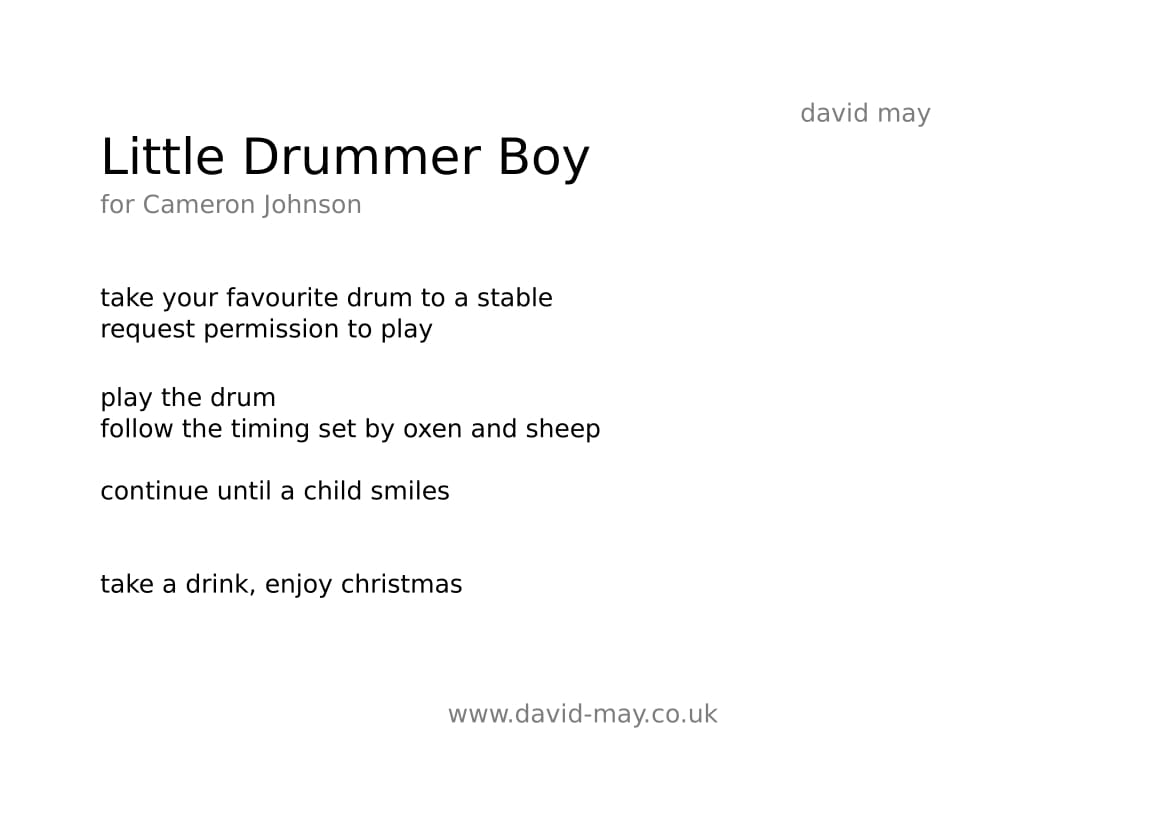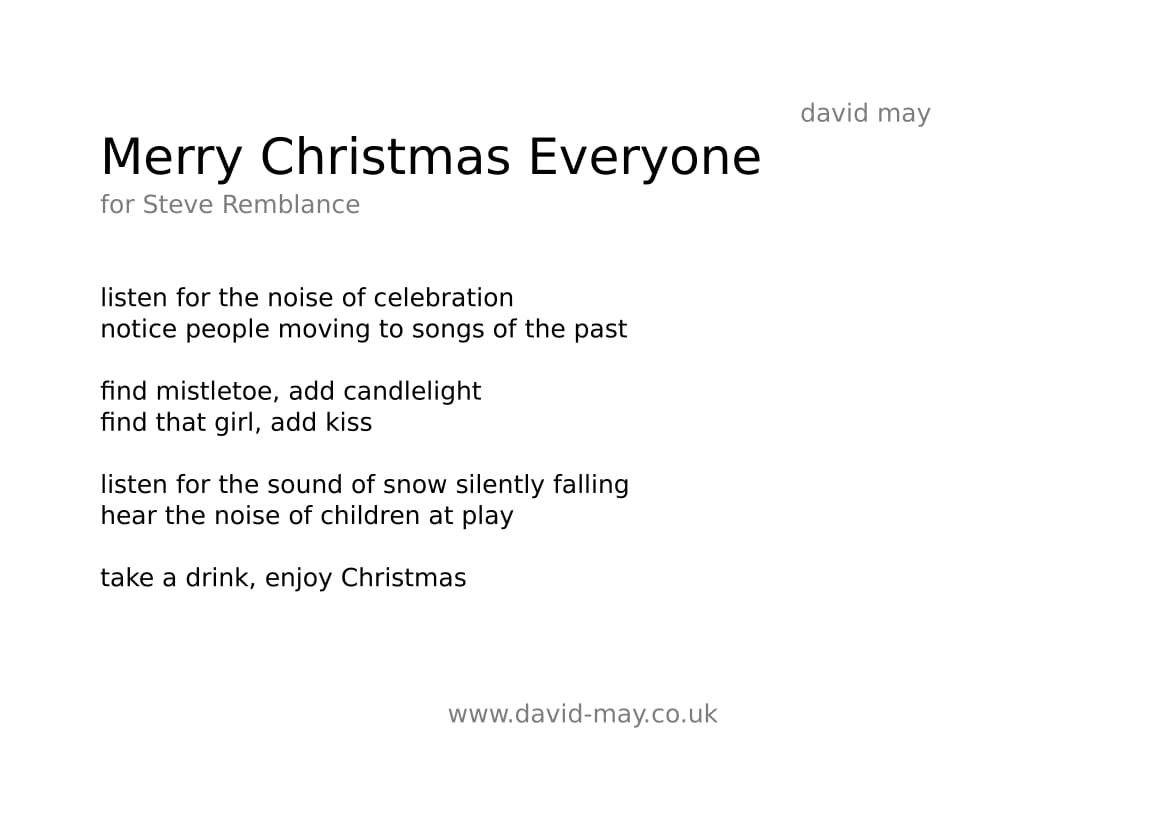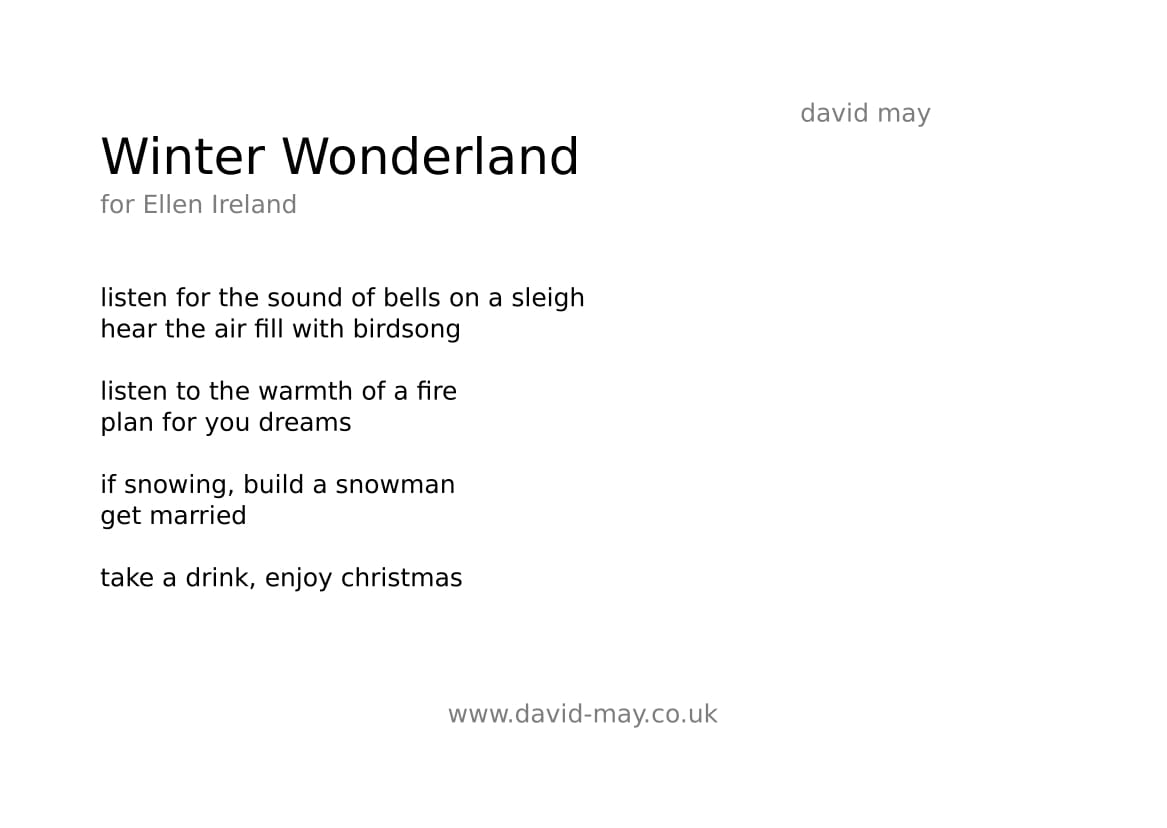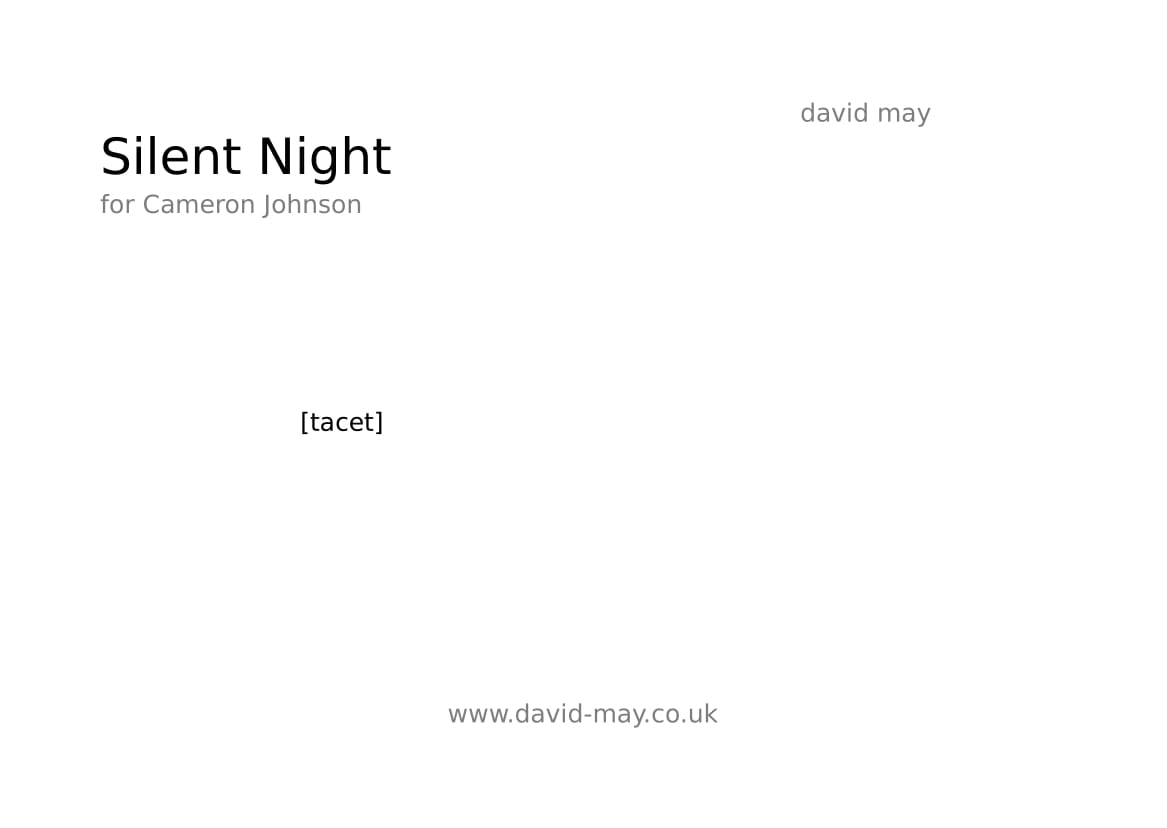Well.
I don’t know about you, but the re-election of Trump came as a surprise. A horrible, anxiety-inducing surprise. Perhaps it shouldn’t have? I’m politically aware, and if you’d have asked me before I’d have said it was too close to call. I’d have told you that it really could be a Trump win. But, clearly, deep down I didn’t think this was likely.
I could talk politics and the shock of it all, but I don’t think that’s particularly useful. If you’re reading this it’s not because you’re looking for expertise in US politics. And even if you were, I’m a composer and an artist so you’re out of luck. I’d recommend looking to Nikki McCann Ramírez, Marie Le Conte, and American Friction if you want that.
What I’ve been thinking about is what do I do as a composer/artist in this climate. How do I respond? Do I respond? And why? So this will be a bit of a response to those questions, and a bit of me continuing to process my place in their answers.
The two immediate reactions in me are escapism and activism. Escapism is an important function of art. It can take us to a world of its own, where the worries of ours no longer matter. One of the most difficult parts of a post-election internet, particularly one with a shock result, is that everyone is focused on the fallout. Many of our escape routes become places that reflect back the fear around us, rather than distract from it. But for me personally, it feels hard to create art that attempts to ignore the context its created in. Even though escapism is an essential element of art in culture, I do not think it is the primary focus of my art.
Activism is more complicated for me. There’s places this is done really well. Labour by Paris Paloma is incredible, Banksy’s work as well. A place to focus shared emotion and anger, a challenge and speaking of truth to power. I used to think that the better something was as activism, the worse it was as art. But I think this isn’t quite right. I love art that challenges power, that asks questions, that invites us into conversation about important issues. What doesn’t work for me is when art tries to give concrete answers to those questions, when it acts as the end of the debate. I’m sure it works brilliantly for some, but it’s not my wheelhouse.
My PhD research is all about relationships. Using the artist-sitter relationship in portraiture as a starting point I’ve been looking at the ways we can make music by making in-person human relationships central to the creative process. Recently, I’ve been trying to crystalise the reading I’ve done over the last few years into some key headings. I’ll probably write about them in more depth at some point, but the two that have stood out are The Human Touch, taken from Andrew Collis, and Intimacy, as explored in Josh Spear’ PhD Thesis. These ideas of making art that places openness, vulnerability and humanity at the heart of what we do seem more timely than ever.
Or course I would say that, it’s my specialism. But for me I think that will be the path forward. To place human’s at the centre of my work. Seeking to make work that explores our connectedness, our shared humanity, and what makes other people uniquely them.


